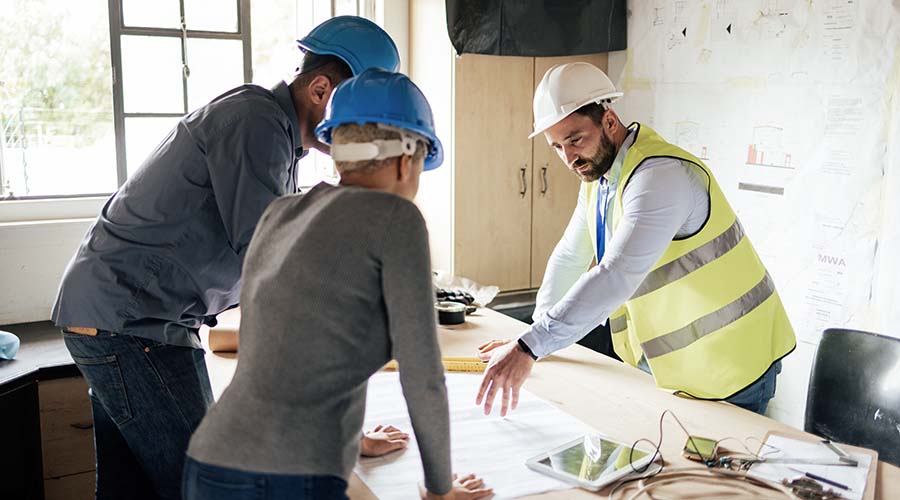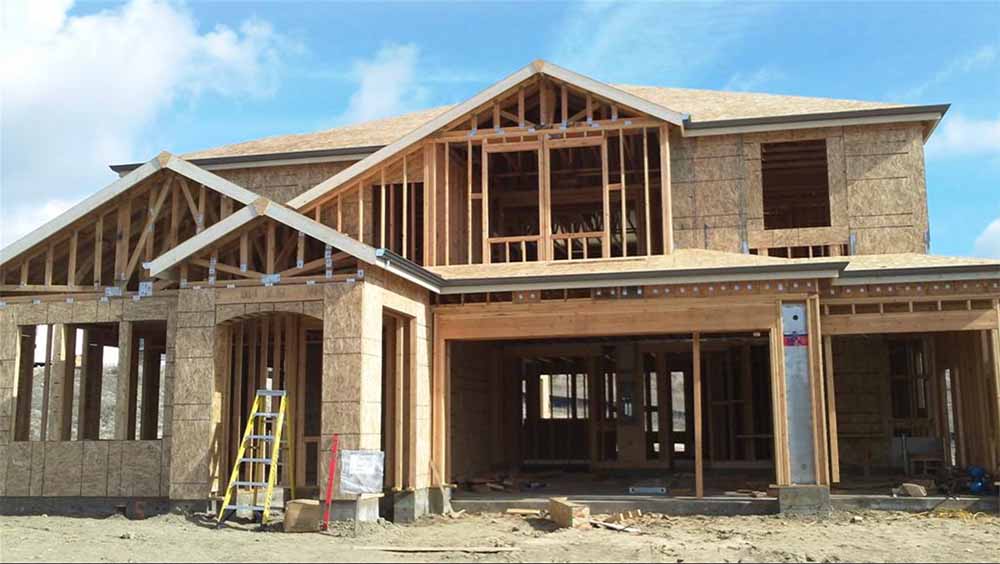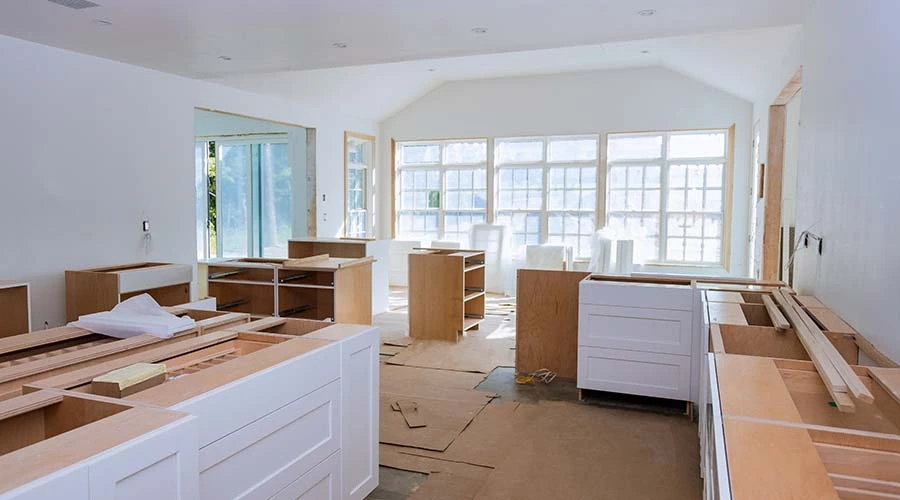In Part 1, we explored some of the key trends and advancements expected to impact the home improvement and home building industries in 2024. In this continuation, we will discuss the challenges and opportunities that these changes present to professionals in these fields, as well as their implications for the industry’s workforce and education.
[break][break]
Challenges:
- Supply Chain Disruptions: The construction industry has faced supply chain disruptions in recent years, affecting the availability and cost of building materials. In 2024, professionals may continue to grapple with these challenges, requiring careful planning and adaptability.[break][break]
- Skilled Labor Shortages: There is a shortage of skilled labor in the construction and home improvement sectors. Recruiting and retaining skilled workers remains a significant challenge. Investing in training and apprenticeship programs may be necessary to address this issue.[break][break]
- Regulatory Changes: Building codes and regulations are subject to updates, which can affect the cost and feasibility of projects. Staying informed about and compliant with these changes is crucial for professionals in the industry.
[break][break]
Opportunities:
- Diversification of Services: Home improvement professionals can expand their services to meet the diverse needs of homeowners. Offering services like energy audits, home automation installation, and sustainability consultations can set businesses apart from competitors.[break][break]
- Education and Training: To address labor shortages and stay competitive, investing in education and training programs for the workforce is essential. Encouraging and supporting employees to gain new skills and certifications can improve overall industry standards.[break][break]
- Innovation and Technology: Embracing technological advancements, such as 3D printing, modular construction, and advanced building materials, can lead to more efficient and cost-effective building processes.[break][break]
- Green Building Certifications: Obtaining certifications like LEED (Leadership in Energy and Environmental Design) can demonstrate a commitment to sustainability and attract environmentally conscious clients.[break][break]
- Aging Population Market: As the population continues to age, home builders and remodelers can specialize in creating homes and spaces that cater to the specific needs of older individuals, offering a growing market segment.[break][break]
- Community Engagement: Building strong relationships within local communities and fostering a positive reputation can lead to repeat business and referrals.

2024 holds both challenges and opportunities for professionals in the home improvement and home building industries. Adapting to changing consumer preferences, staying updated with technology and regulations, and investing in education and workforce development will be essential to thriving in this evolving landscape. The industry’s ability to provide innovative, sustainable, and personalized solutions will be key to its success in the coming year and beyond.
[break]
Learn more about the latest home improvement trends from the National Association of Home Builders.







